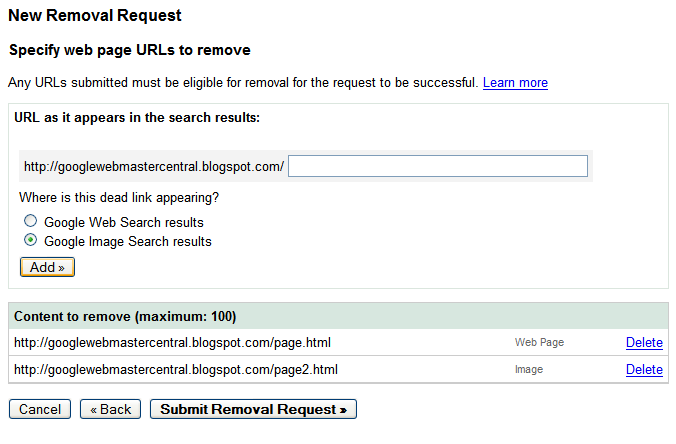

Dec 09, 2019.
I am a huge proponent of using 3rd-party tools to manage SEM campaigns. Aside from being able to manage accounts from multiple publishers in one place, 3rd-party tools offer plenty of features not available from AdWords or Bing.
One of these features has become near and dear to my heart: web queries. Web queries give you the ability to build a recurring report in your platform (using Marin for this example); rather than format it as an Excel file or PDF, the report is generated as HTML tables that can be easily imported into Excel.
This is especially useful for reports that update on a daily or weekly basis. Rather than downloading a new CSV or Excel file, you simply hit the Refresh button in Excel where you have your web query housed, and the data will update. At the rate I use web queries, I have already saved myself days’ worth of time that can now be spent on higher-priority projects for my clients.
On the Windows version of Excel, dropping a web query into your report takes maybe 3-4 clicks. This is not the case in the much-maligned Mac version of Excel (which hasn’t seen an update since 2011), but it is possible!
In this guide, I will walk you through the process of dropping a web query into an Excel file on a Mac.
Step 1: Create the Web Query File
In order to call a web query on the Mac version of Excel, the query needs to exist in a specially formatted text file. Creating this file is pretty easy; start with opening Microsoft Word or whatever text editor you use and pasting the URL to your web query on the first line.
Next you are going to want to save this as an .iqy file. To do this, simply change the format to Plain Text (.txt) and add “.iqy” to whatever you want to name your web query.
Save this file wherever you would like; just remember the location because you will need to import the file in Excel. Your text editor may ask you to specify how you would like to encode the text file. If this is the case, select the radio button for MS-DOS.
Step 2: Import the file in Excel
Next you will need to import the file in Excel. To do so, first select which cell you would like the web query tables to start at. Once you have done that, you can go to Data -> Get External Data -> Run Saved Query…
Download Webpage Into Excel Macros
Next you will be prompted to choose which file you would like to import. Browse to the web query file we created in step one, and select “Get Data”.
Microsoft Excel For Mac
You may be prompted to enter your login information if your web query is being called from a 3rd-party platform. Enter your credentials here.
After you hit connect, if you followed these steps correctly, you should have imported your web query into Excel!
Congratulations! It’s not nearly as easy as using web queries in Windows, but don’t let the process deter you from using this excellent time-saving feature. Web queries are great for budget pacing, report building, or recurring tasks such as identifying poor keywords or opportunities.
In my next guide, I will walk through how I use this feature in Marin to keep track of all my client’s spend in one document.